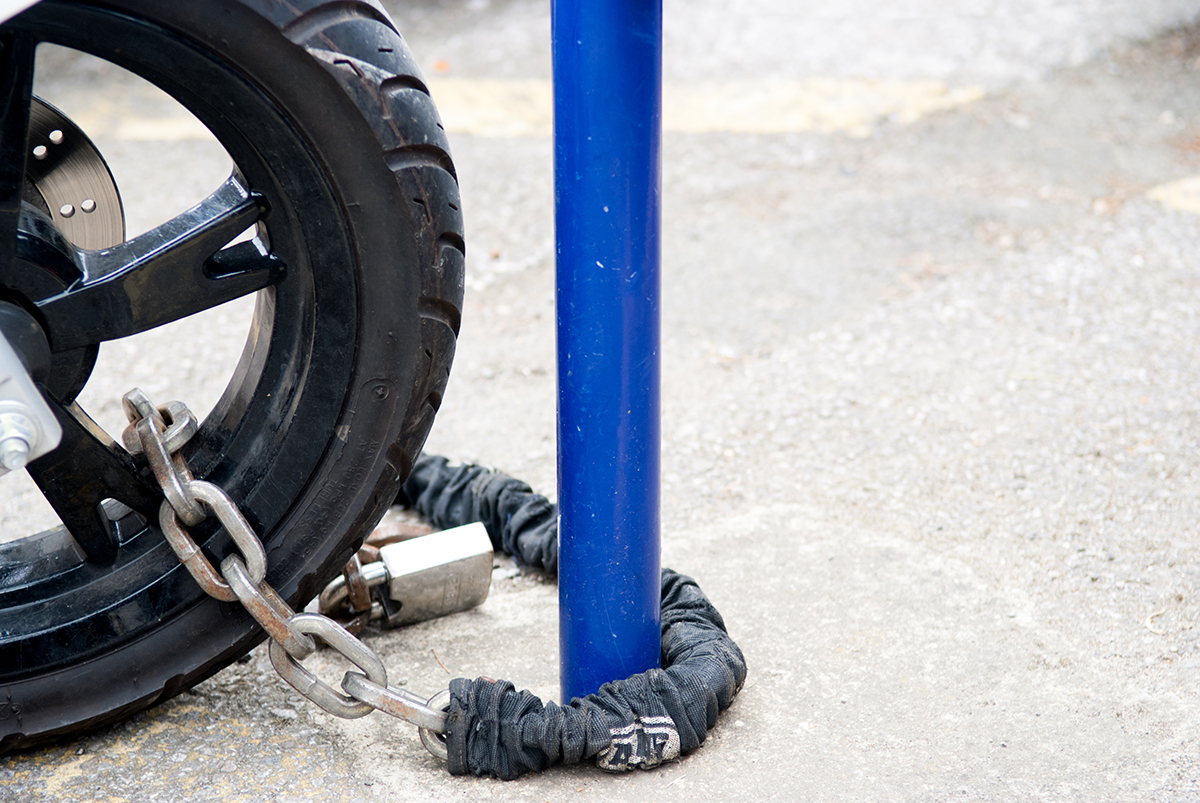For those who are deaf or hard of hearing, standard telephones and cell phones aren’t always ideal. That’s why unique phones such as TTY and CapTelephones exist to meet their needs. But when it comes to buying the right hearing impaired phone for you or your loved ones, there are a few things you will want to look for.
1. Ability To Contact Emergency Services
Communicating in general is an obstacle that the deaf and hard of hearing community faces on a daily basis and that hurdle is only intensified in an emergency. When you are choosing a phone for hard of hearing individuals, make sure that you determine which phone will be best for requesting emergency help.
If you are considering going with a mobile device, there are plenty of personal safety apps available to help out in times of need. But, when it comes to requesting emergency services, the best mobile app option for the deaf or hard of hearing is Rescu.
Rescu is not only the fastest emergency dispatch service available, but it is significantly beneficial for the deaf and hard of hearing because you don’t have to say a single word to get help sent to your door. In as little as two taps on your phone, Rescu will immediately send the requested emergency service to your address.
2. Sound Amplification
This may seem like a given, but not all cell phones for hearing impaired people are created equal. In fact, sound amplification is not a regulation outlined by the TIA (Telecommunications Industry Association). Although this isn’t particularly helpful for people who are deaf, those with moderately severe hearing loss (inability to hear anything below 70 decibels of sound) or better can benefit from amplified sound.
When selecting the right phone for you or your loved one, consider looking for phones with up to 60 decibels of amplified sound. This volume is comparatively similar to having a conversation in person at full voice. If you or your loved one’s hearing is almost completely gone, you may consider alternative options such as talk-to-text functionality.
3. Speech-to-Text Capabilities
TTY or TeleType technology gives the deaf and hard of hearing a text-based system for communicating over the phone. This speech-to-text tech was specifically designed for the deaf community so they could communicate over the phone visually.
While TTY phones themselves have become relatively outdated, modern adaptations to the technology have been integrated into modern landlines and cell phones. For example, both Android and Apple devices have 3 different TTY capabilities built into their software:
-
- TTY Full: Allows both sender and receiver to communicate via TTY messages in a real-time chat.
- TTY VCO: For hearing impaired users who can communicate verbally but need a visual to understand the recipient.
- TTY HCO: For users who can hear what the recipient is saying but can’t communicate verbally.
Additionally, many smartphones have alternative functions such as video call, texting and HAC (Hearing Aid Compatible) standards that can be utilized for day-to-day communication.
4. Video Calling Enabled
The rise in technology has given tons of options for communicating visually. Between Skype, Google Hangouts, FaceTime, and Samsung Video Call your options aren’t limited. For the deaf community, video technology can be utilized to communicate with others via sign language.
Virtually every smartphone produced can be optimized to have video calling functions. This is ideal for the deaf community because they aren’t restricted by their ability to type quickly and have access to a real-time communication platform. That said, primarily relying on video can leave you or your loved one more vulnerable in an emergency.
Use Your Hearing Impaired Phone with Rescu
Calling 9-1-1 is the golden standard for requesting emergency help and yet still has not been optimized for the deaf community. Though 9-1-1 dispatch does offer TTY compatibility, typing out your emergency or waiting for somebody to type back is both lengthy and inefficient. Enter: Rescu!
With Rescu you can bypass dialing 9-1-1 altogether and have dispatch sent to your door in just 2 taps on your mobile device. No more waiting in a queue or going through the time consuming process of typing out your emergency to a dispatcher. Simply download the mobile app and have the fastest emergency help right at your fingertips.



